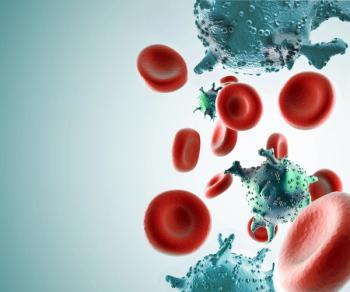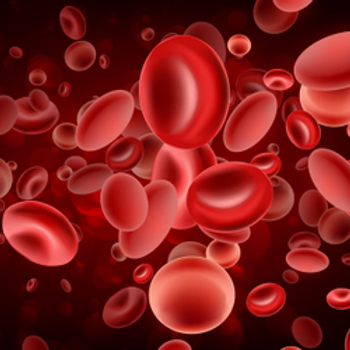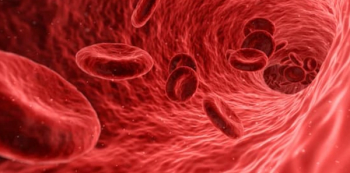
Oncology NEWS International
- Oncology NEWS International Vol 17 No 6
- Volume 17
- Issue 6
Proton beam therapy: ‘What is all the fuss?’
I am a urologist in southwest Florida. As I discussed with one of our radiation oncologists (we use 21st Century Oncology), there are no trials comparing proton and standard radiation, eg, IMRT. If such a trial were conducted, I suspect, at best, the cancer control rates would be equivalent, and the side effect profiles would also be similar. So what is all the fuss?
I would like to share my comments on proton beam radiation and the purported need for randomized trials before it is widely accepted for use in prostate cancer. [See ONI April 2008, page 1, and May 2008, page 44.]
I am a urologist in southwest Florida. As I discussed with one of our radiation oncologists (we use 21st Century Oncology), there are no trials comparing proton and standard radiation, eg, IMRT. If such a trial were conducted, I suspect, at best, the cancer control rates would be equivalent, and the side effect profiles would also be similar. So what is all the fuss?
I liken the argument to that of robotic vs standard open radical prostatectomy. While the robotic procedure is a terrific operation, I am unaware of a study showing superiority with regards to cancer control, continence, and potency-the three main outcomes of all prostate cancer
treatments. So why are so many patients flocking to the hospitals with the robot? America is enthralled with high tech. Proton beam therapy will attract the individuals who have the need to be treated with the supposed latest and greatest technology, data or no data. And let us not forget the power of marketing.
The initial start up costs for a proton therapy center are prohibitive. That $100 million could be spent on other areas of healthcare. The nation needs a small number of proton units to treat the uncommon tumors for which a difference can be made. However, for prostate cancer, if I were an insurer, I would pay the IMRT rate for proton therapy. I would demand head-to-head trials. If you want the extra reimbursement, show superior results. Sadly, this scenario is unlikely.
Marc A. Melser, MD
Port Charlotte, Florida
Articles in this issue
over 17 years ago
Who’s responsible for safety of outsourced drugs?over 17 years ago
New GnRH blocker degarelix quickly suppresses levels of testosteroneover 17 years ago
Evaluating lung cancer response to therapy: Thinking beyond RECISTover 17 years ago
NELSON trial sails on toward final results in 2015over 17 years ago
Novel breast probe reduces repeat surgeriesover 17 years ago
Radioactive microspheres benefit liver met ptsover 17 years ago
INTORACT trial of Torisel/Avastin in RCC is initiatedNewsletter
Stay up to date on recent advances in the multidisciplinary approach to cancer.

















































































